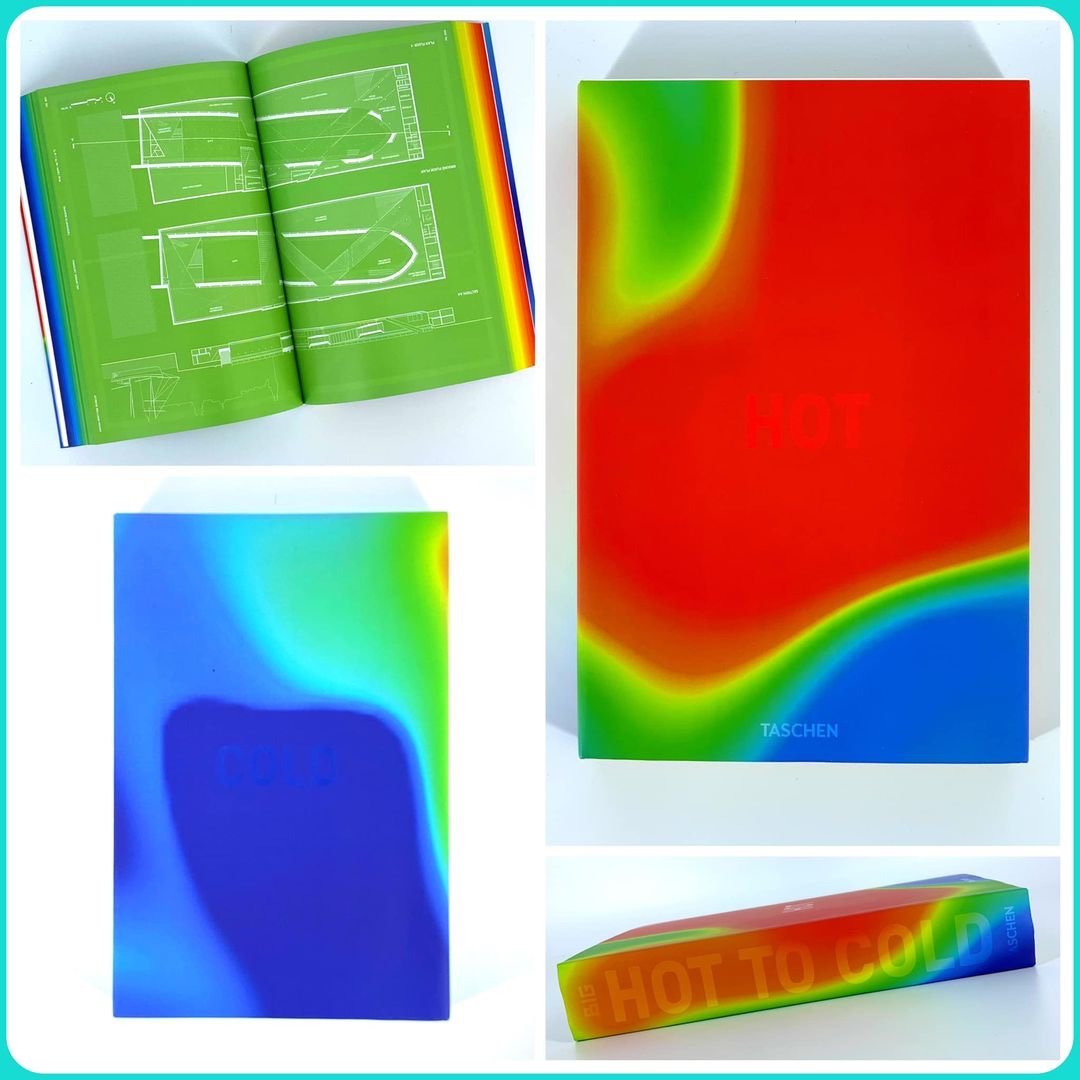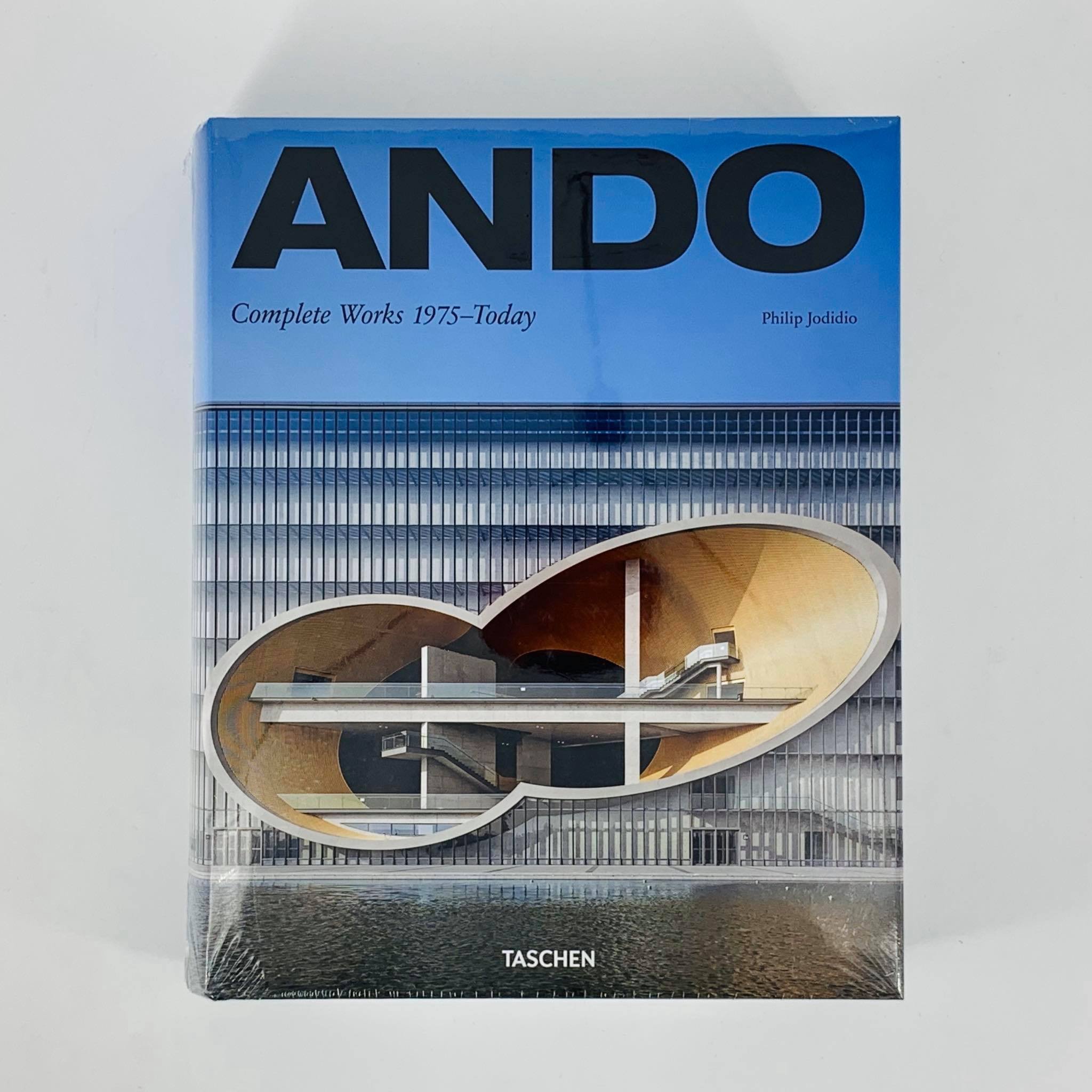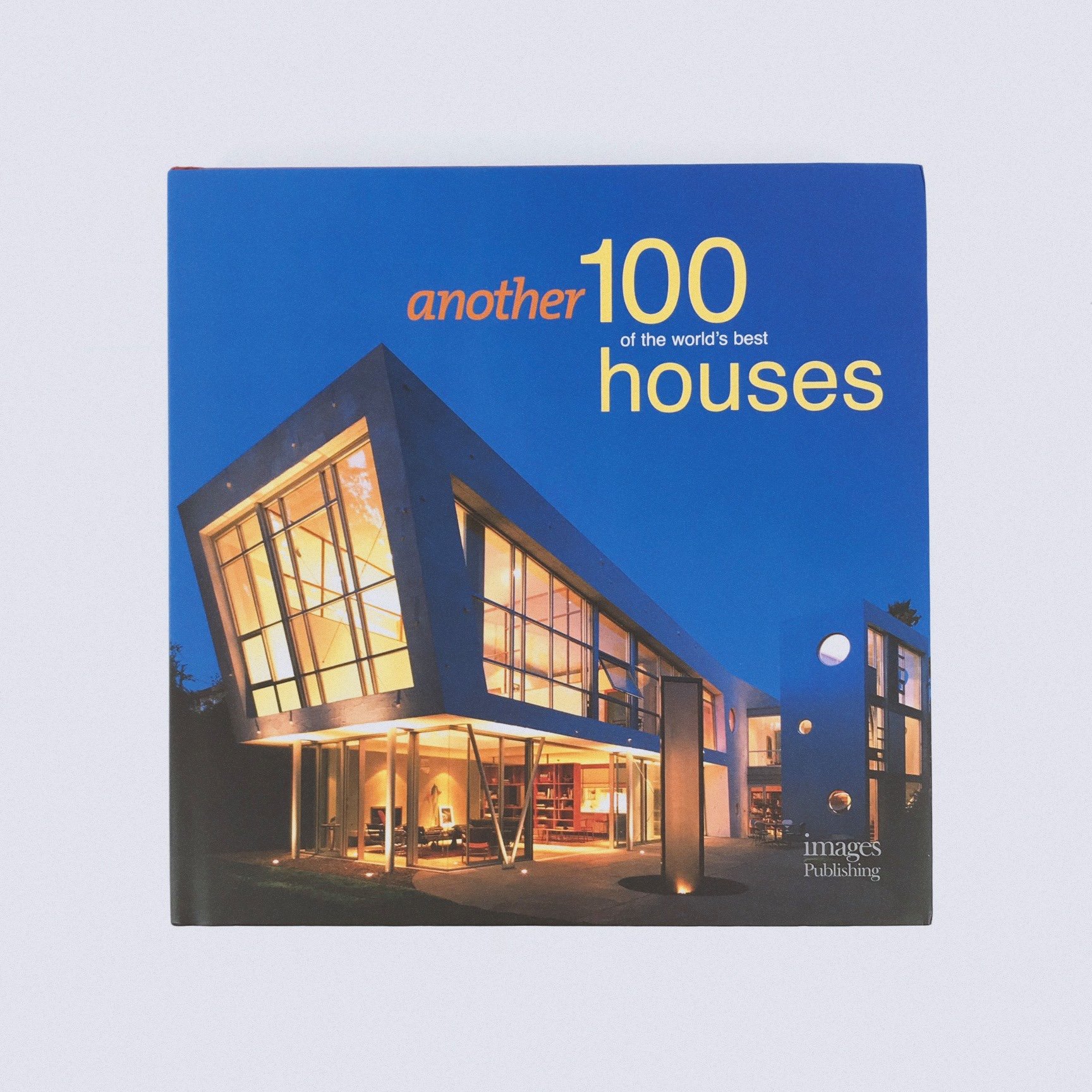Principles of Nonlinear Optical Spectroscopy
SKU: 9780195132915 Supplier: Oxford University Press Inc Out of stockDesciption
Author: Shaul Mukamel
Format: Paperback | 576 pages
Dimensions: 154.43 x 231.14 x 27.18mm | 798.32g
Publication date: 07 Oct 1999
This textbook presents a systematic and unifying viewpoint for a wide class of nonlinear spectroscopic techniques in time domain and frequency domain. It is directed towards active researchers in physics, optics, chemistry, and materials science, as well as graduate students who enter this complex and rapidly developing field. Nonlinear optical interactions of laser fields with matter provide powerful spectroscopic tools for the understanding of microscopic interactions and dynamic processes. One of the major obstacles facing researchers in this field, however, is the flood of experimental techniques and terminologies, which create a serious language barrier. The general microscopic correlation function approach to the nonlinear optical response developed in this book is essential for understanding the relationships among different techniques and a comparison of their information content, the design of new measurements, and for a systematic comparison of the optical response of different systems such as dyes in solutions, atoms and molecules in the gas phase, liquids, molecular aggregates and superlatives, and semiconductor nanostructures.
The approach is based on formulating the nonlinear response by representing the state of matter by the density matrix and following its evolution on Liouville space. Current active research areas such as femtosecond time-domain techniques, semi-classical and wave-packet dynamics, pulse shaping, pulse locking, exciton confinement, and the interplay of electronic, nuclear and field coherence are emphasized. The material has been developed from the author's highly successful interdisciplinary course at the University of Rochester attended by science and engineering graduate students.
PRODUCT REVIEWS
























